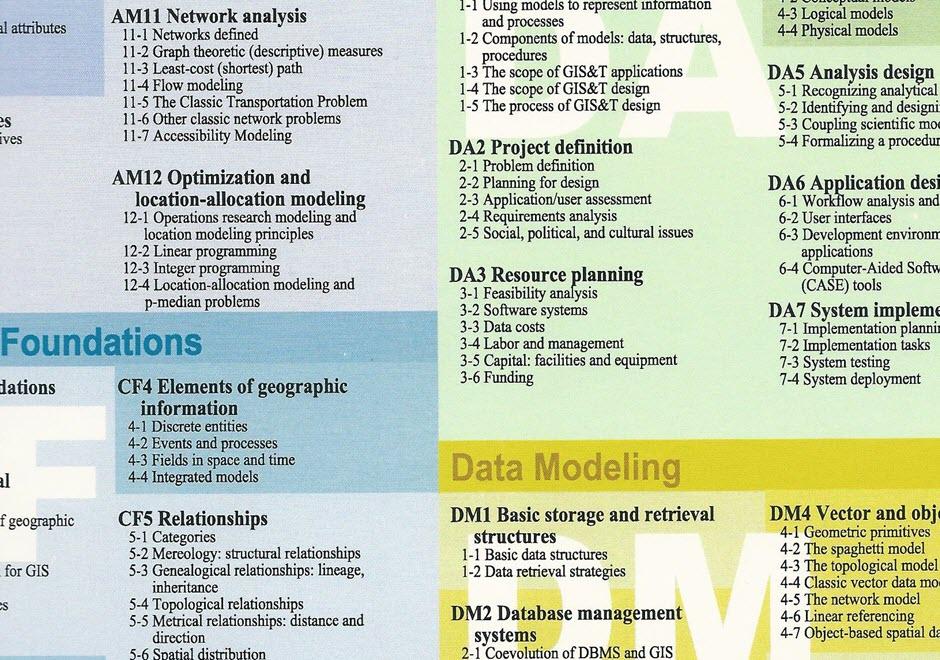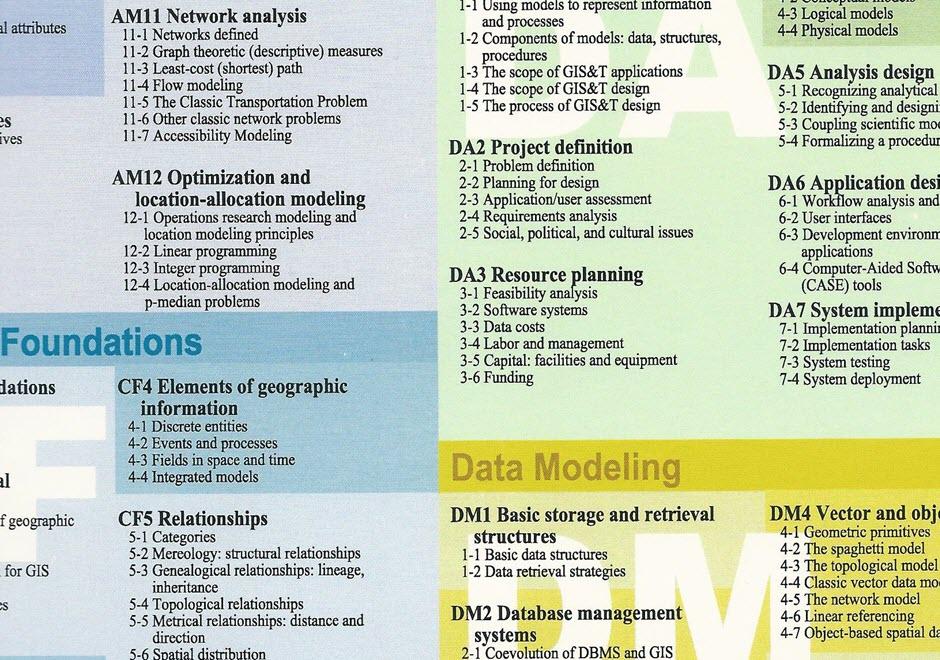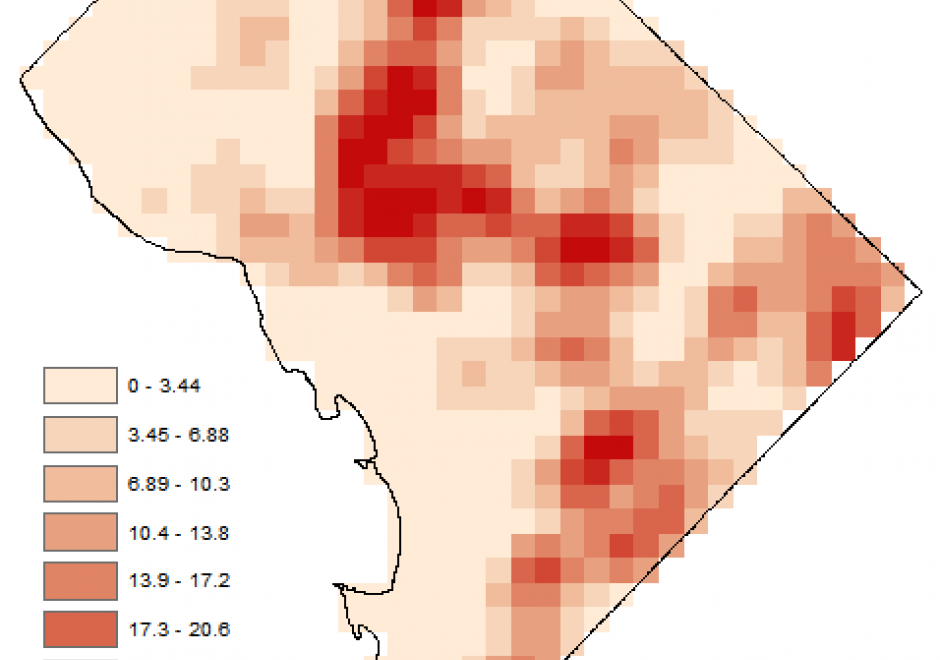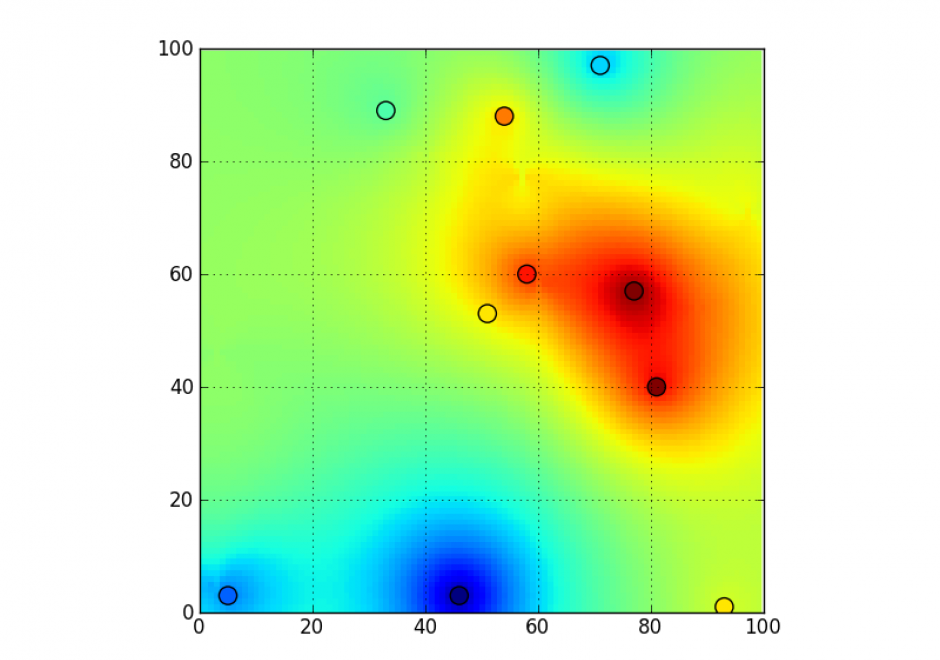KE-12 - Implementation planning

- Discuss the importance of planning for implementation as opposed to “winging it”
- Discuss pros and cons of different implementation strategies (e.g., spiral development versus waterfall development) given the needs of a particular system
- Create a budget for the resources needed to implement the system
- Create a schedule for the implementation of a geospatial system based on a complete design




AM-56 - Impacts of transformations